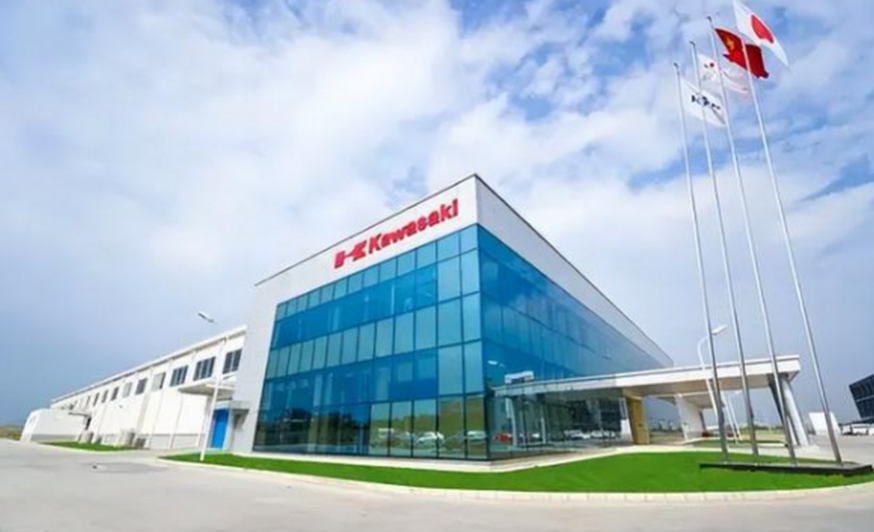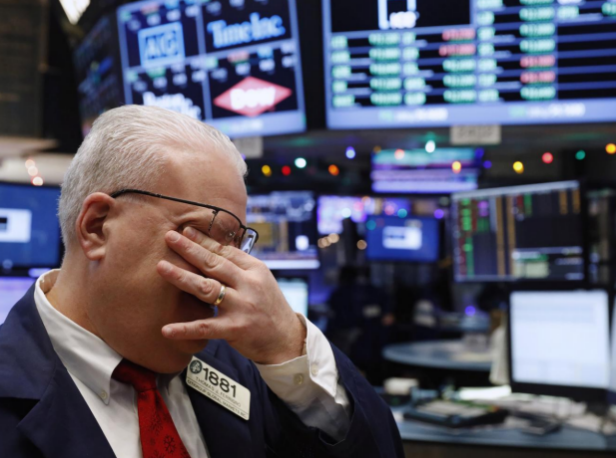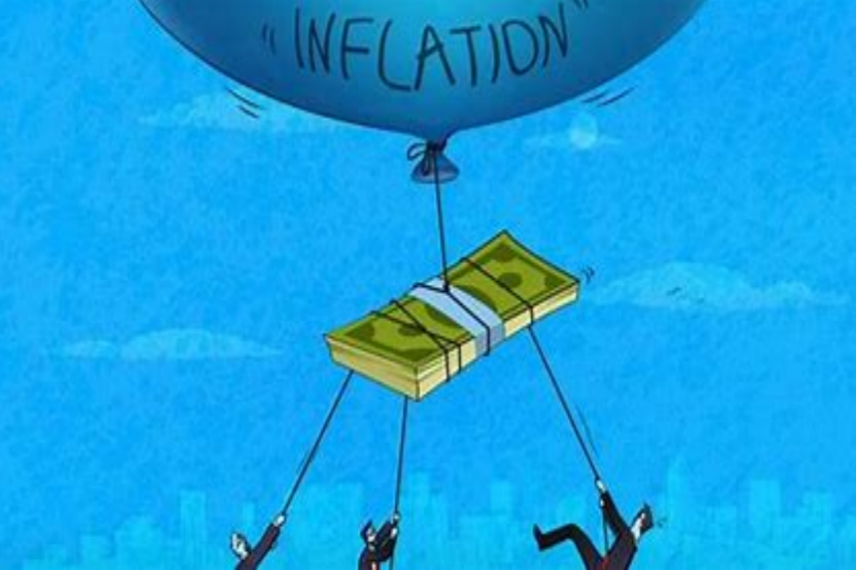In the marathon of humanity's pursuit of clean energy, hydrogen is gradually moving from a supporting role to a leading position. This transformation echoes the 19th-century shift when oil replaced whale oil, except this time, the protagonist is the lightest element on the periodic table. By 2025, the hydrogen industry will resemble freshly ploughed virgin land— overgrown with weeds but brimming with boundless possibilities. In this emerging field, several pioneering companies are building bridges to the hydrogen future, their value comparable to the merchants who sold shovels during California's gold rush.

The hydrogen industry's ecosystem is forming a complete food chain. Upstream, the "alchemists" such as Linde Pic and Air Liquide are transforming traditional industrial gas businesses into the cornerstones of hydrogen infrastructure. These companies are like the "water utilities" of the energy sector, laying hydrogen pipelines and building hydrogen refuelling stations worldwide. In the midstream, "energy converters" like Thyssen Krupp are using electrolysis equipment to transform renewable energy into green hydrogen with an efficiency comparable to photosynthesis. Downstream, "power magicians" such as Hyundai Motor are applying hydrogen fuel cell technology to heavy trucks, ships, and other hard-to-electrify sectors. Their fuel cell stacks act like mobile "energy toasters," turning hydrogen and oxygen into clean power. Every link in this industrial chain is crucial, like the interlocking gears of a clock that collectively drive the hydrogen economy forward.
Investing in hydrogen stocks is akin to positioning oneself on the eve of a new energy revolution, requiring a discerning eye. Norwegian hydrogen company Mel ASA is like an "early Tesla" in the hydrogen space, focusing on iterative innovation in electrolyzer technology. Its stock price fluctuates like ocean waves but harbours immense upward momentum. Meanwhile, Japan's Kawasaki Heavy Industries resembles a prudent "builder of transoceanic bridges," having pioneered the commercial operation of liquid hydrogen transport ships, solving the "last nautical mile" challenge in hydrogen trade. Particularly noteworthy is the UK's ITM Power, a company akin to a "chip manufacturer" in the hydrogen world. Its proton exchange membrane technology is the core of fuel cells, and its market share is doubling annually. These companies each have their strengths, like different instruments playing the symphony of hydrogen, and savvy investors should learn to appreciate the value of every section.

Looking ahead from the threshold of 2025, the hydrogen industry stands on the brink of an explosion. Much like the solar industry in the early 2000s, the high volatility of hydrogen stocks today has deterred many investors, but those who can see through the short-term fog to identify long-term trends will ultimately reap substantial rewards.
Policy tailwinds are blowing across the globe, with the EU's carbon border tax and the US Inflation Reduction Act laying out a red carpet for hydrogen's development Technological advancements are exceeding expectations, with the cost of electrolyzers dropping 40% in the past three years--a trajectory reminiscent of the rapid adoption curve of smartphones. When the price of green hydrogen falls below the psychological threshold of $2 per kilogram, the industry will reach its true singularity moment." Those who position themselves early, like the pioneers who held railroad stocks in the 19th century and oil company shares in the early 20th century, will witness the rise of a new energy era. In this epic transformation of the energy landscape, hydrogen stocks are not just investment targets but tickets to participate in shaping the future.






